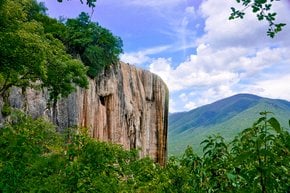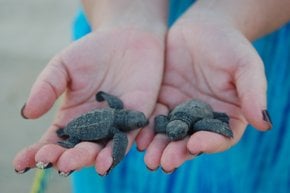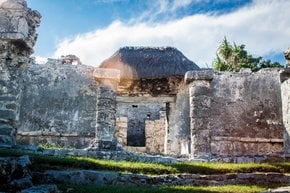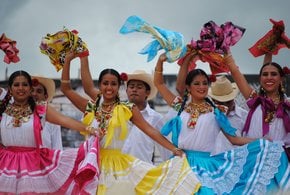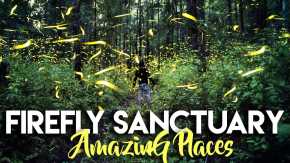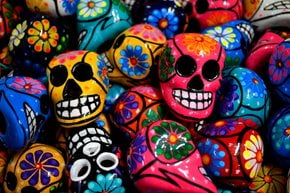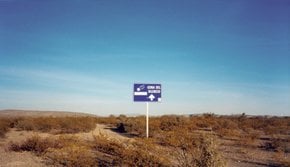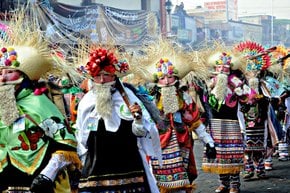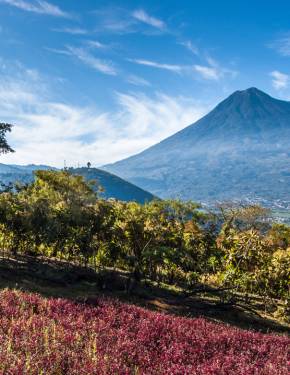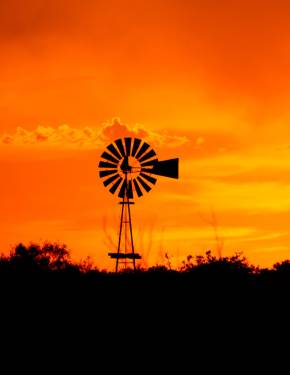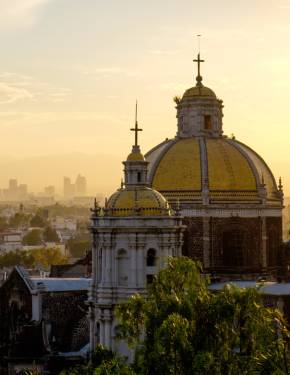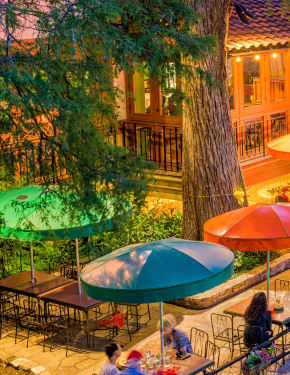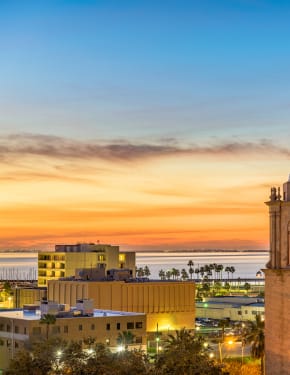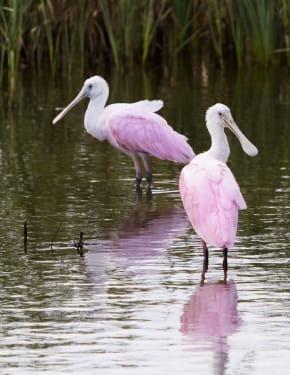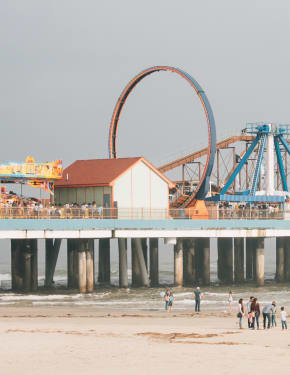Monarch Butterfly Migration in Mexico 2025-2026
Central Mexico is blessed to be the wintering shelter of millions of bright butterflies
Best time: December–February
Every year, millions of monarch butterflies (Danaus plexippus) undertake one of nature’s most awe-inspiring migrations. This annual journey sees them travel from their breeding grounds in Canada and the United States to the warm, fir-covered forests of Central Mexico. This phenomenon not only highlights the incredible endurance of these delicate creatures but also draws visitors eager to witness their breathtaking congregations.
Timing and Conditions
The monarch butterfly migration typically occurs from October to March, with the peak of the migration between November and February. During this period, the butterflies arrive in Mexico's Oyamel fir forests, which provide the ideal environment for their overwintering. Climatic conditions influence migration, so the exact timing may vary slightly each year.
Forecasts and Trackers
For current forecasts and updates, local conservation organizations and reserve websites offer the most accurate information. People can actively participate in tracking monarch butterflies by using tools like the National Wildlife Federation's Interactive Monarch Migration Map and Journey North's real-time migration and phenology maps. By reporting sightings of adult monarchs, peak migration events, night-time roosts, and breeding activities, citizen scientists contribute to a collective effort to monitor the butterflies' journey to and from Mexico. These sightings are immediately displayed on interactive maps, which allow users to see the migration patterns in real-time. Additionally, there are apps where users can report their observations and track the butterflies’ movements.
Process and Behavior
Monarchs, weighing approximately as much as a paperclip and having a wingspan of up to 4.5 inches (11.4 cm), travel up to 2,800 miles (4,500 km) from their summer breeding grounds in North America to their winter habitats in Mexico. This epic journey (one of the longest of any insect species) spans multiple generations, with five successive generations being born and dying along the way. They feed exclusively on milkweed, which contains toxins that protect them from predators. The butterflies use the Oyamel forests for hibernation, where they cluster densely, turning the trees and surrounding areas into a stunning tapestry of orange and black.
Key Viewing Locations
To witness the breathtaking monarch butterfly migration in Mexico, visit one of the official sanctuaries in Michoacán or Estado de México from mid-November to late March, with February being the peak time for butterfly activity. The entrance fees typically range from $10 to $15 per person.
Monarch Butterfly Biosphere Reserve
Designated a UNESCO World Heritage site in 2008, the Monarch Butterfly Biosphere Reserve covers 56,000 hectares (138,379 acres) in the states of Michoacán and Mexico. The reserve is a primary location for observing this migration. Within the reserve, several sanctuaries are open to visitors:
El Rosario Sanctuary: The most popular sanctuary, located near the town of Angangueo, offers a comprehensive experience with well-maintained trails and a visitor center. Guided tours are included with the entrance fee, and it is advisable to make reservations in advance due to high visitor numbers. The sanctuary is accessible via a one-hour drive from the nearby town of Zitácuaro, which offers lodging options like Rancho San Cayetano.
Sierra Chincua Sanctuary: Known for its lush forest and shorter trails, this sanctuary is suitable for families. It is located about an hour’s drive from El Rosario, with hiking and horseback riding options available. The sanctuary also provides opportunities for activities such as ziplining and hanging bridges.
Senguio Sanctuary: This less-visited sanctuary is about 1.5 hours from Sierra Chincua and offers a more rugged and tranquil experience. Visitors can enjoy streams, waterfalls, and panoramic views. Senguio provides picnic areas and cozy cabins for overnight stays.
State of Mexico Sanctuaries
The State of Mexico also hosts several important sanctuaries:
Piedra Herrada Sanctuary: Located near Toluca, this sanctuary requires a two-hour walk to reach the butterfly colonies. It is known for its community-based tourism, including local guides and horseback rentals.
El Capulín Sanctuary: About an hour’s drive from Valle de Bravo, this sanctuary features trails through coniferous forests and views of the monarchs' wintering grounds.
La Mesa Sanctuary: This sanctuary, located two hours north of El Capulín, includes guided tours and access to historical hacienda ruins.
Guided Tours
Sanctuaries such as El Rosario and Sierra Chincua offer guided tours and horseback rides for deeper forest exploration. Note that you’ll need to carry cash for the entrance fee and be prepared for a challenging hike. The tours from Mexico City offer a bilingual guide and cost around €70. This includes a drive to the Monarch Butterfly Sanctuary, where visitors explore the surrounding woods to learn about the butterflies’ diet, reproduction, and lifecycle. Some tours also include a stop at the Wedding Veil Waterfall and the charming town of Valle de Bravo, with free time for shopping and a visit to the San Francisco de Asis Mission Church.
Visitor Guidelines and Conservation
Responsible tourism plays a crucial role in preserving the delicate habitats of monarch butterflies, and visitors should approach these sanctuaries with care. Bringing food or pets into the sanctuaries is discouraged, as these can attract predators or disrupt the natural behavior of the butterflies. Flash photography should be avoided, with visitors encouraged to use non-intrusive methods to capture the beauty of the butterflies without startling them. Additionally, maintaining silence is essential, as loud noises can disturb the butterflies during their critical resting periods.
Festival Mariposa Monarca (Monarch Butterfly Festival)
The Monarch butterfly, a symbol of freedom and natural beauty, is celebrated through various festivals that emphasize cultural heritage, environmental conservation, and community engagement. In Zitácuaro, Mexico, the XI Festival Nacional de la Mariposa Monarca "Alas de Libertad" brought together local talent, educational institutions, and volunteers to create a five-day event filled with workshops, folkloric dance, and environmental education. This festival highlighted the importance of preserving the Monarch butterfly's habitat while also showcasing the rich cultural traditions of the region.
In Morelia, Michoacán, the 23rd annual Festival Cultural de la Mariposa Monarca took place across multiple municipalities, offering over 100 activities that blended art, education, and eco-cultural sustainability. The festival featured workshops on solid waste reuse, multidisciplinary arts, and environmental research, alongside cultural performances ranging from traditional music to pre-Hispanic ball games. This event not only celebrated the Monarch butterfly but also aimed to foster a deeper appreciation for the natural and cultural heritage of Michoacán.
Remarkable Resilience Amid Persistent Threats
In 2024, the monarch butterfly population has exceeded initial expectations, rebounding impressively from the second-lowest overwintering numbers on record. Early returnees and mid-June growth comparable to strong years since 2015 highlight a significant recovery. However, monarchs still face critical threats such as habitat loss, climate change, and pesticide use. As the breeding season continues, their resilience remains impressive, but sustained conservation efforts are essential to protect their future.


































































